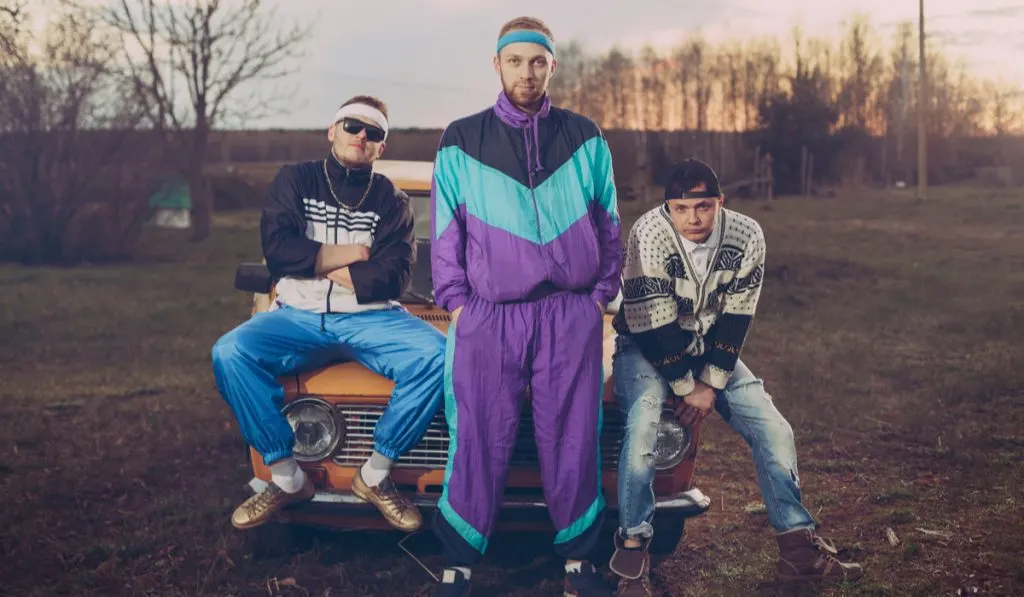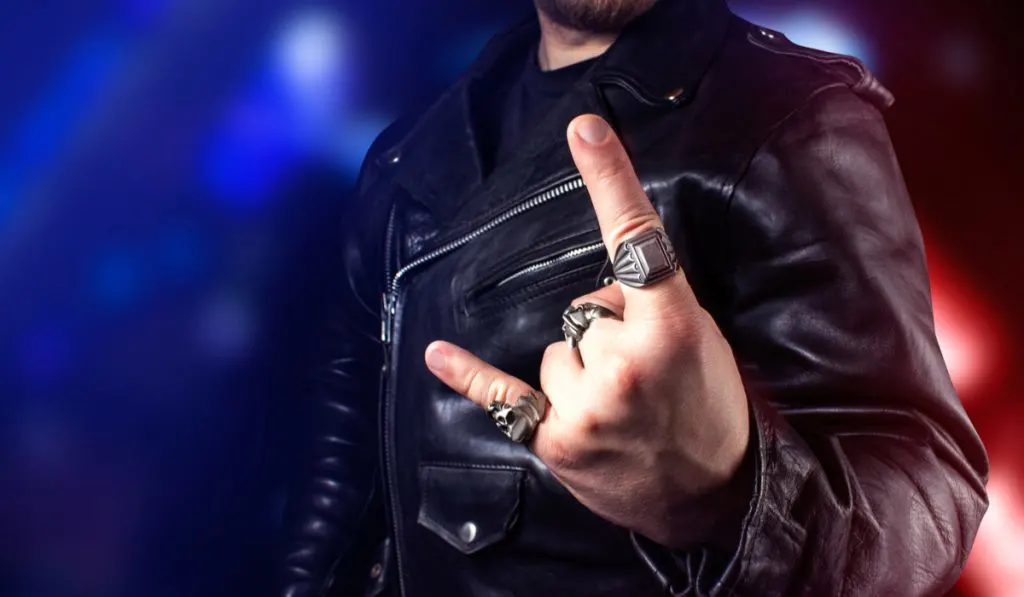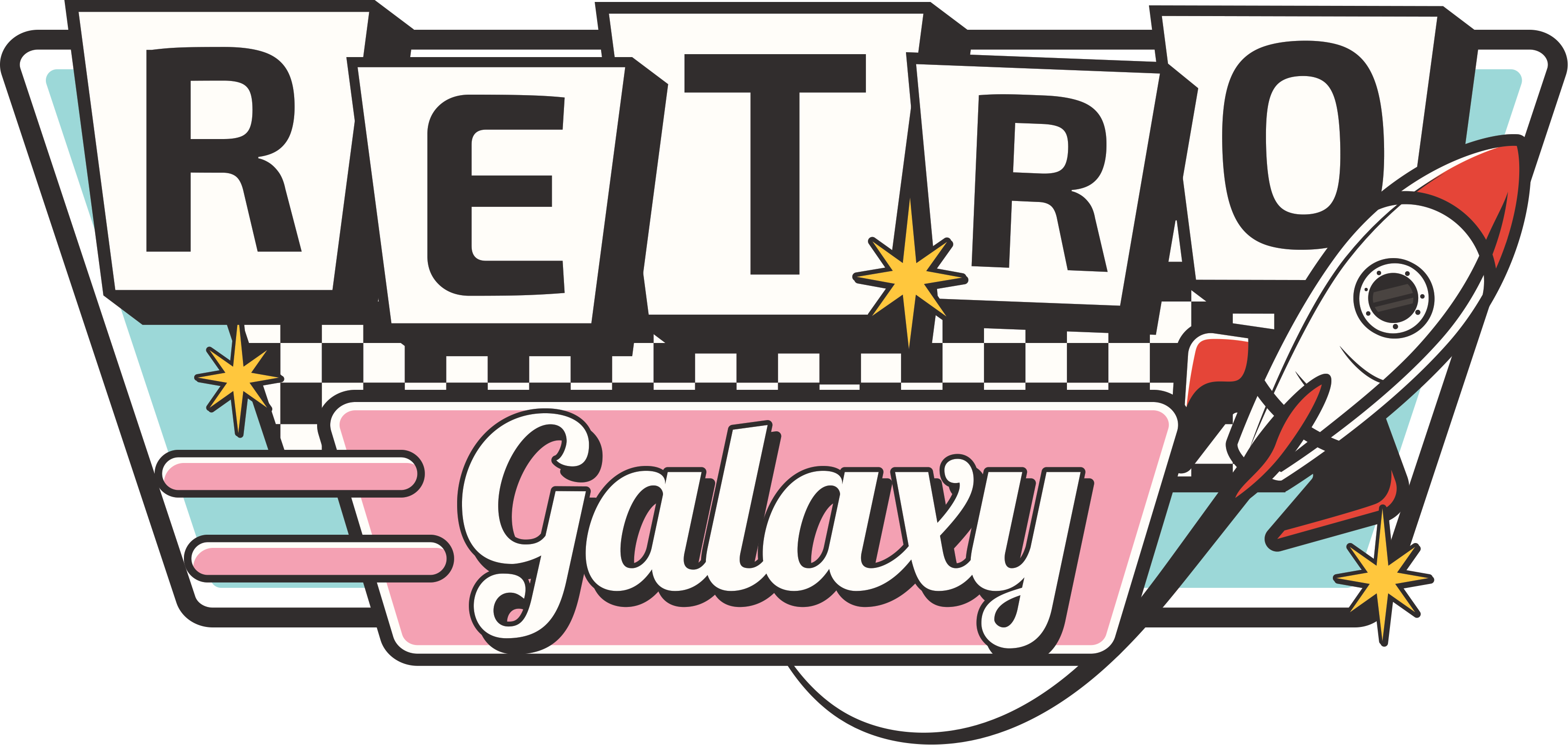Subcultures are distinct groups of people who identify as sharing numerous characteristics based on a common interest or a shared set of values.
Subcultures can be found all across society, each with its own distinct interests and focuses.
Subcultures are often very timely, and many iconic subcultures across history can be directly linked to specific time periods and the events that occurred within them.
In fact, subcultures often become so iconic that they are the first thing that many people think of whenever they think of a specific year or a specific decade.
But what are some of the iconic subcultures that are associated with the 1990s?
Which subcultures do we think of when we picture the decade, and what events might they have been influenced by?
Why don’t we take an in-depth look at some of the subcultures of the 1990s to get a more rich picture of the decade?
Gabbers

The gabber subculture is perhaps one of the most recognizable subcultures of the 1990s, though you may not have ever heard its name.
Gabbers are identified by their extreme aesthetics, thanks to their incredible fashion, and the dance music they enjoyed.
Still, to this day, a lot of elements of the gabber subculture make themselves apparent.
Gabbers generally identified one another through their shared love of extreme electronic music and the rave scene.
Raves and electronic dance music still prove to be immensely popular even now.
The fashion of gabbers can also still be found all over.
Tracksuits, Nike shoes, bomber jackets, and polo shirts can be very easily connected to the subculture even to this day.
Due to the cyclical nature of fashion, a lot of these elements have come back into style in recent years.
Metalheads

Though metalheads are still a very easily identified subculture across the world, they became particularly common around the 1990s.
The subculture was able to unite under a shared love for metal music, and a shared sense of style and fashion.
Metalheads enjoy wearing large baggy jeans, oversized t-shirts emblazoned with extreme imagery or band logos, as well as long and often very messy hair.
Accessories such as chains, studded bracelets, and large boots can also be associated with the subculture.
It’s not clear why the subculture exploded in the 1990s, but it is most likely linked to feelings of discontent and disaffection amongst youth who felt represented by the more angry and rebellious content of the music.
Grunge

Some of the most important bands of all time were started up in the 1990s, and with them, also came a massive change in fashion and style amongst youth.
One of the biggest bands to emerge from the decade is Nirvana, one of many bands heavily credited with starting the grunge movement.
The grunge subculture is rather easy to identify, based on its name.
Grunge fashion is identified by its messy and slightly dirty look, with messy and matted hair, thrift-store clothing, and loose-fitting clothing all over.
The purpose of loose-fitting clothing was to draw attention away from the silhouette of a person and to help them to blend in more with their surroundings.
Grunge fashion still very much continues to this day, thanks to the popularity of thrifting and other similar activities which focus on keeping the style alive.
Britpop

While some of the biggest bands of the 90s were part of the grunge movement, some of the other biggest bands of the era can be identified closely with Britpop.
Britpop actually emerged mostly as a direct reaction to the sudden explosion in grunge style across the world in the wake of Nirvana’s rise to fame.
Rather than focusing on more depressing and miserable lyricism such as can be found in grunge music,
Britpop music was instead focused on catchy melodies and hooks that would catapult them to popularity.
Groups such as Oasis and Blur are perhaps some of the best known within the Britpop category.
Britpop fashion was largely characterized by very casual clothing that was often purposely oversized.
Plenty of bucket hats, denim, and jackets were common in the era, as well as t-shirts tucked into pants.
Rave Culture

Rave culture is known for its booming and powerful electronic dance music and the immense dancing culture that originated from it.
The driving idea behind rave culture is that the music should be played loud and that the partying should be totally free, uninhibited, and expressive.
This, of course, led to some truly incredible fashion emerging that is characteristic of the 90s and the rave subculture that emerged from it.
Drugs and alcohol were also very key elements of rave culture, thanks to their ability to help make people feel more sociable and uninhibited.
Drugs such as ecstasy and speed helped to heighten the senses during a rave so that lights appeared all the more glorious, and so the music sounded even louder than ever before.
In Conclusion
As you can see, a wide range of subcultures emerged during the period of the 1990s, and many of them have left an immense impact on our modern culture that can be seen to this very day.
Subcultures are important in society, as they help often-unrepresented people to find others who share their views and values so that they can feel a sense of kinship and a sense of belonging, which is crucial in this modern world.
Frequently Asked Questions

Is TikTok A Subculture?
Technically, no. TikTok itself is not a unique subculture in and of itself.
This is because there is such a massive range of unique subcultures who use the platform to express themselves in different ways.
Some use the platform to show off fashion, while others may use it to show off dance moves.
Therefore it can more easily be described as a platform for subcultures.
How Are Subcultures Formed?
Subcultures are generally formed by a group of people who share an experience or interest that is unique to them, and that is not sufficiently represented by culture and society at large.
Subcultures help people to find others who hold similar values and interests to themselves.
How Are Skaters A Subculture?
Skaters often value creativity and risk-taking, and the culture is largely based around younger people, thus it is a very popular subculture.
Many subcultures develop in direct opposition to forces of control and thus skateboarding definitely falls into the category of a subculture.
